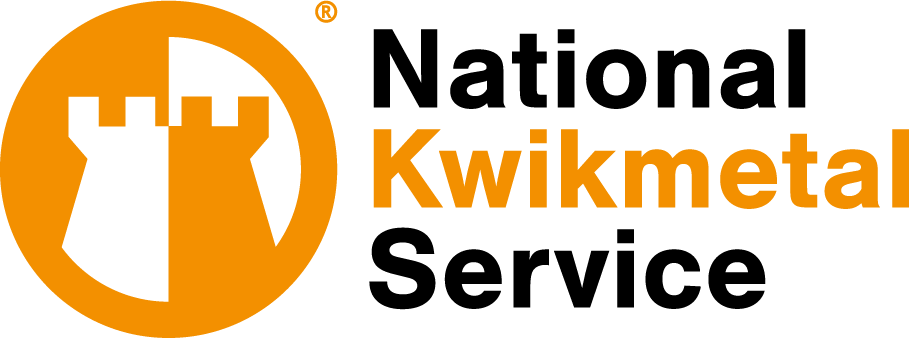
In order to ensure the best results during the 304 stainless steel coil slitting process, manufacturers have to avoid many of the problems that can arise along the way. These problems may include crossbows, burrs, knife marks, and several others. But what exactly are these problems, how do they manifest themselves, and how can you identify them after you purchase slit coils from a manufacturer? Let’s find out.
Knife clearance plays one of the most important roles when it comes to the quality of a 304 stainless steel coil slitting product, and the thinner the metal used during the process, the more difficult it is to set up the proper clearance. To add to that, modern slit metals come in numerous shapes and sizes, with many different mechanical properties that are designed to fit a specific purpose. When you have the wrong vertical clearance, you can end up with strip defects such as edge waves, deep knife marks, cambers, and crossbows.
A burr is a defect that can occur on the edge of the metal during the slitting process. This defect can also be traced back to improper knife clearance, which will always lead to a lower quality edge. When the clearance is too loose, the metal tears. If it is too tight, more force is needed to cut the metal, which not only creates a burr, but also wears out the knife. This further adds to the intensity of the defect.
Edge waves are caused either by stresses within the metal, or by too much overlap or vertical clearance. The defect may also be caused by poor stripper ring practices, which will lead to a lower knife clearance in order to avoid any slippage. This will stretch the metal at the edges, and if they are not parallel, an edge wave will be created.
Improper stripper ring practices can also cause knife marks. As the complexity of the 304 stainless steel coil slitting operation increases, and as the number of materials with different properties that are used during the process grows, different stripper rings have to be used for different operations. However, in previous eras of slitting technology, all stripper rings were the same hardness and size, so operators would tape the non-cutting edge of the knife so that it wouldn’t leave a mark on the slit. This is a poor practice that’s still in use today by some operators (old habits die hard), and it can lead to knife marks, edge waves, burrs, and other impurities.
Crossbows are usually caused by some defect present in the master coil. When you have too much vertical clearance, or when you use stripper rings of the wrong size, a crossbow is almost unavoidable. The issue can also be caused by using female rings that are too small, or male rings that are too large for the current operation.
Width is controlled during the slitting process, but there are some variables that can cause it to go against specifications. These variables include improper knife clearance, poor stripper ring practices, worn or incorrect tooling, or an improperly maintained slitting machine. In addition to that, each material type, machine, and tooling set will impact the rules of operation, which could lead to issues in this department.
When you take all of these potential issues into account as a manufacturer, you are able to drive down the price of your end products and reach a higher level of quality. This is something we do for all of our clients. If you would like more information about our stainless steel metal coil slitting services, or if you would like to place an order, contact us today!
Toll Free: 800-722-5029
Phone: 847-257-6570
Phone: 442-980-0611
Phone: 615-793-4700
Toll Free: 800-722-5029
Phone: 442-980-0611